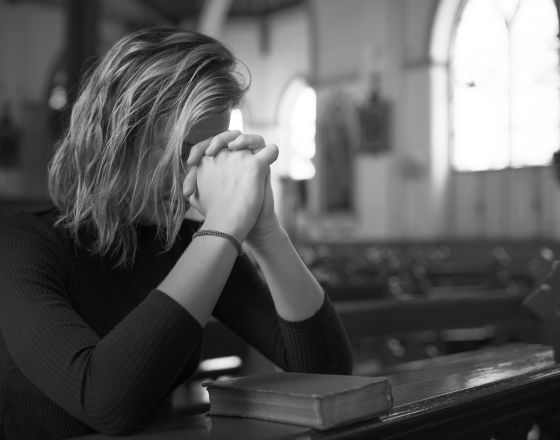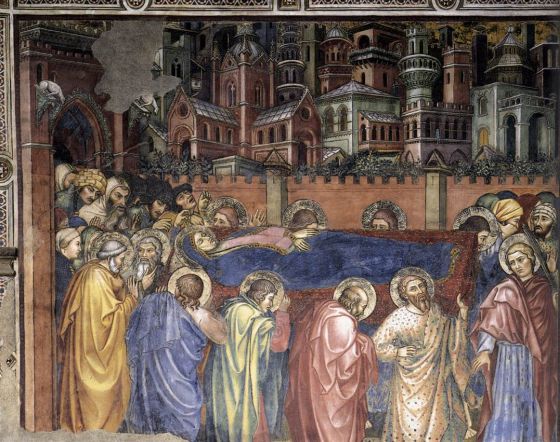What impact did the plague have on medieval European art?

The
Hisham Matar on how the Black Death changed art forever | Books | The Guardian
https://www.theguardian.com/books/2020/jun/06/black-death-plague-pandemic-art-imagination-hisham-matar
In the 14th century Italy, it is said that the plague spread began on Sicily, where foreign merchant ships were frequently in and out. The Siena painters, who thought that 'all illnesses came from God,' considered the plague prevalent in Sicily 'a punishment for their sins.' The church also encouraged that idea, and many priests refused to bless the infected because they were 'punished by God.' Most believers devoted themselves to prayer and repentance to God, and their thoughts and values changed.

According to Matar, originally Siena painters tended to reflect the curiosity of human psychology and thought even in religious paintings. However, the plague epidemic not only shaped Siena's painters their thoughts on death, but also increased their faith in God and imbued strong trust in the church. As a result, the clergy, who received a huge amount of money and influence from the plague epidemic, became
Tadeo di Bartolo , the painter of the wall paintings of the Pubbrico Palace in Siena, must not only carry on the traditions of Siena, but also create new patrons, the priest's taste. did. Under such circumstances, his work 'The Funeral of the Virgin' strongly expresses the theme of death, which did not exist in the Siena school before the plague epidemic, and 'carries the Virgin. 'Every apostle and every spectator can see loneliness as if they were thinking about death,' said Matar.

Not only Siena painters, but also prominent painters such as Michelangelo Buonarroti , Rembrandt van Rijn and Johannes Vermeer are experiencing the plague threat. The plague threat penetrated into the minds of the painters and instilled the idea that 'death is familiar and inevitable.' In fact, Michelangelo wrote in his letter to his disciple Giorgio Vasari , 'I have no idea that 'death' is not engraved.'
Matal cites Italian poet and novelist Cesare Pavese as saying that 'art is a defense against the sins of life' 'true art is always a sign and a revelation. It's not only comforting, it's also a tool for thinking about where we are and where we are.'
Related Posts:
in Creation, Posted by darkhorse_log







